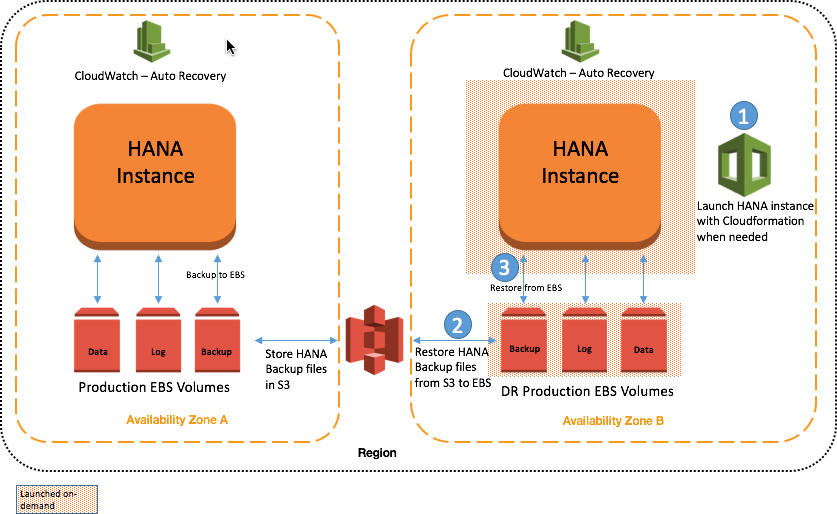A complete SAP Hybris system to support ecommerce is a robust yet complex set of systems comprising of a storefront and back office, media catalog and caching. This is a complex system with several steps that need to be taken with significant effort and time spent to deploy on premises. On AWS Cloud with the free service of AWS CloudFormation it is possible to do so in a few mouse clicks. This is part of CREATE BOOT aspect of Sonata’s Digital Platform Operation Model.
On cloud it is possible to create the entire environment as Infrastructure as Code by leveraging AWS CloudFormation. A user can create a template that describes the AWS resources they want, such as Amazon EC2 instances or Amazon RDS DB instances. CloudFormation will take care of provisioning and configuring the resources for you. This takes away the pain of needing to individually create and configure the resources or figure out what is dependent on what because the CloudFormation will take care of it all. The entire environment is described in a JSON text file called as a CloudFormation Template. This defines what AWS resources or non-AWS resources are required to run the specific application. The CloudFormation service uses the template file to creates the resources in the account and builds a running environment based on the template.
The infrastructure deployed would comprise of VPCs, subnets, security groups, internet gateways, EC2 instances and other infrastructure elements.
Our SAP Hybris customers deploy several fixes and customizations that need to be tested prior to deployment in production. In order to test this on premise would require costly hardware set aside for the sole purpose of running test environments. In AWS Cloud, with the help of Jenkins, Packer and CloudFormation a Hybris immutable deployment infrastructure is set up within a couple of hours and torn down quickly at the end of the test period with only an hourly price to pay for the consumption thus saving costs locked into hardware investments.
In order to stand up a staging or test environment, the CloudFormation template is initiated, the required application code packages are pulled from AWS CodeCommit, BitBucket or other code repositories, built with Maven on Jenkins and then deployed on the instances. After running the required tests, the user then navigates to the CloudFormation section on the AWS console and clicks the delete stack button, bringing down the entire environment in a couple of minutes. This could also be done from the command line leveraging the AWS API. This is unheard of in an on-premise environment.
The below represents the architecture design to launch SAP HANA instances from CloudFormation when needed as part of DR for the SAP HANA portion of the customer infrastructure


